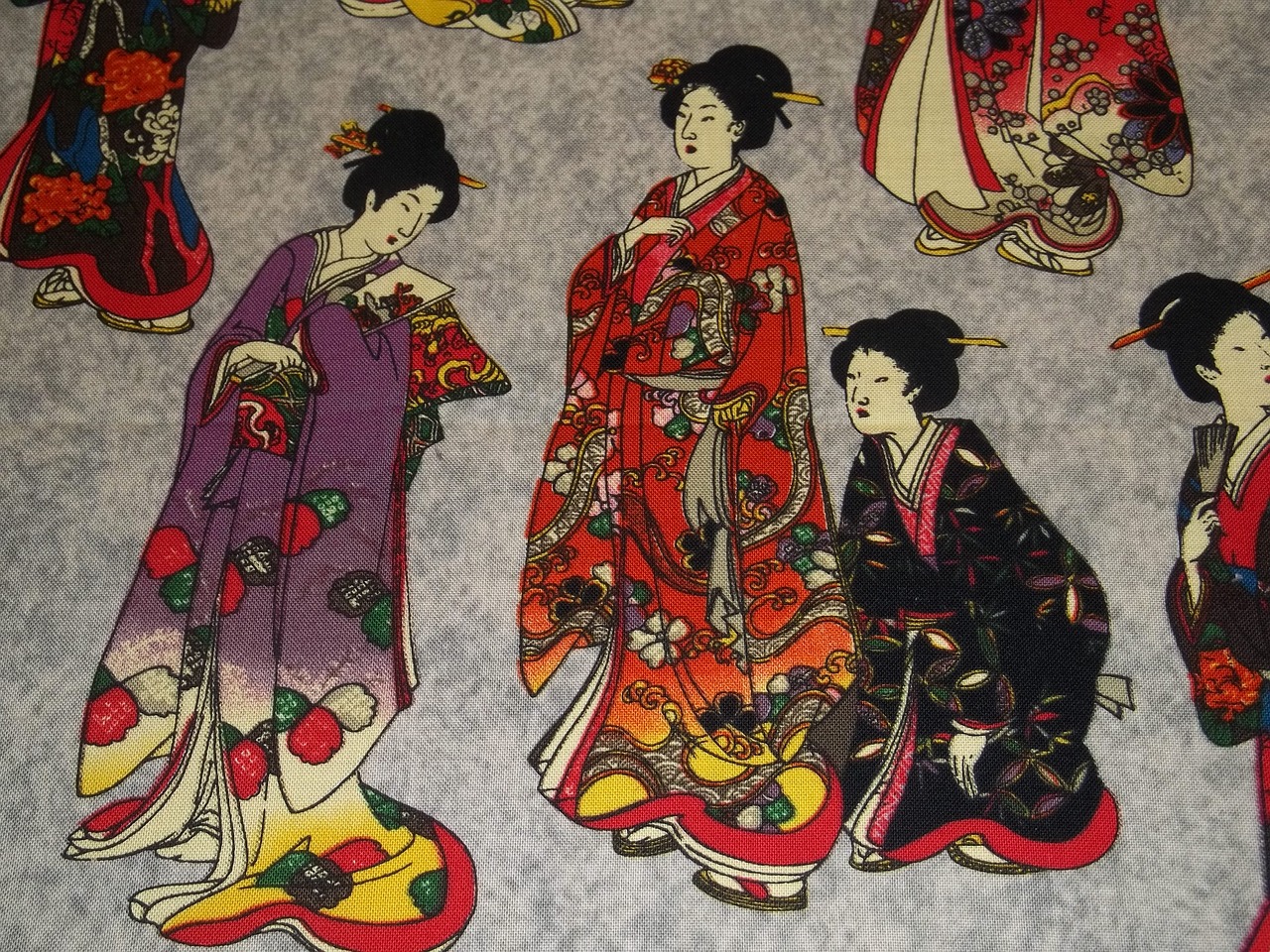Pattern Making for Sustainable Knitwear: Eco-Conscious Design Solutions: Betbook250 com, Reddy anna book online, Playlotus365 com
betbook250 com, reddy anna book online, playlotus365 com: As the fashion industry continues to grapple with its impact on the environment, sustainable practices have become more critical than ever. When it comes to knitwear, pattern making plays a crucial role in creating eco-conscious design solutions. By considering sustainability from the very beginning of the design process, we can reduce waste, minimize the use of resources, and create garments that are not only beautiful but also environmentally friendly.
Creating sustainable knitwear starts with the right patterns. Here are some key considerations for pattern making for sustainable knitwear:
1. Design with Zero Waste in Mind
One of the most significant challenges in knitwear production is the amount of waste generated during the cutting process. By designing patterns that minimize waste, we can reduce the environmental impact of our garments. Consider using techniques like zero-waste pattern cutting, where the entire piece of fabric is used, leaving little to no scraps behind.
2. Choose Sustainable Materials
The choice of materials used in knitwear production has a significant impact on its sustainability. Opt for natural, organic fibers like cotton, linen, and bamboo, or recycled materials like polyester and nylon. These materials require fewer resources to produce and are biodegradable or recyclable at the end of their life cycle.
3. Opt for Modular Design
Modular design involves creating garments from separate modules that can be easily assembled and disassembled. This approach allows for easy repairs, alterations, and recycling of components, extending the lifespan of the garment and reducing waste.
4. Consider Knitting Techniques
Different knitting techniques can have varying impacts on the environment. Explore the use of seamless knitting, which eliminates the need for seams and reduces the amount of waste generated during production. Additionally, consider using techniques like double knitting or intarsia to create intricate designs without the need for additional materials.
5. Size-Inclusive Design
Designing knitwear that fits a range of body shapes and sizes is essential for reducing waste and promoting sustainability. Create patterns that can be easily graded up or down to accommodate different sizes, ensuring that your garments are accessible to a wide audience.
6. Collaborate with Local Artisans
Working with local artisans and small-scale producers can help support traditional craftsmanship and reduce the environmental impact of production. By sourcing materials and labor locally, you can minimize transportation emissions and support sustainable practices within your community.
In conclusion, pattern making for sustainable knitwear is essential for creating eco-conscious design solutions. By incorporating zero waste practices, choosing sustainable materials, embracing modular design, exploring knitting techniques, promoting size-inclusive design, and collaborating with local artisans, we can create garments that are not only fashionable but also environmentally friendly.
FAQs:
1. What are the benefits of sustainable knitwear?
Sustainable knitwear helps reduce the environmental impact of fashion production, promotes ethical practices, and supports the well-being of workers and communities.
2. How can I ensure that my knitwear is truly sustainable?
To ensure that your knitwear is sustainable, consider the materials used, the production processes involved, the lifespan of the garment, and its end-of-life disposal options.
3. Can sustainable knitwear be affordable?
Yes, sustainable knitwear can be affordable. By choosing materials and production methods carefully, you can create high-quality, sustainable garments at a competitive price point.







